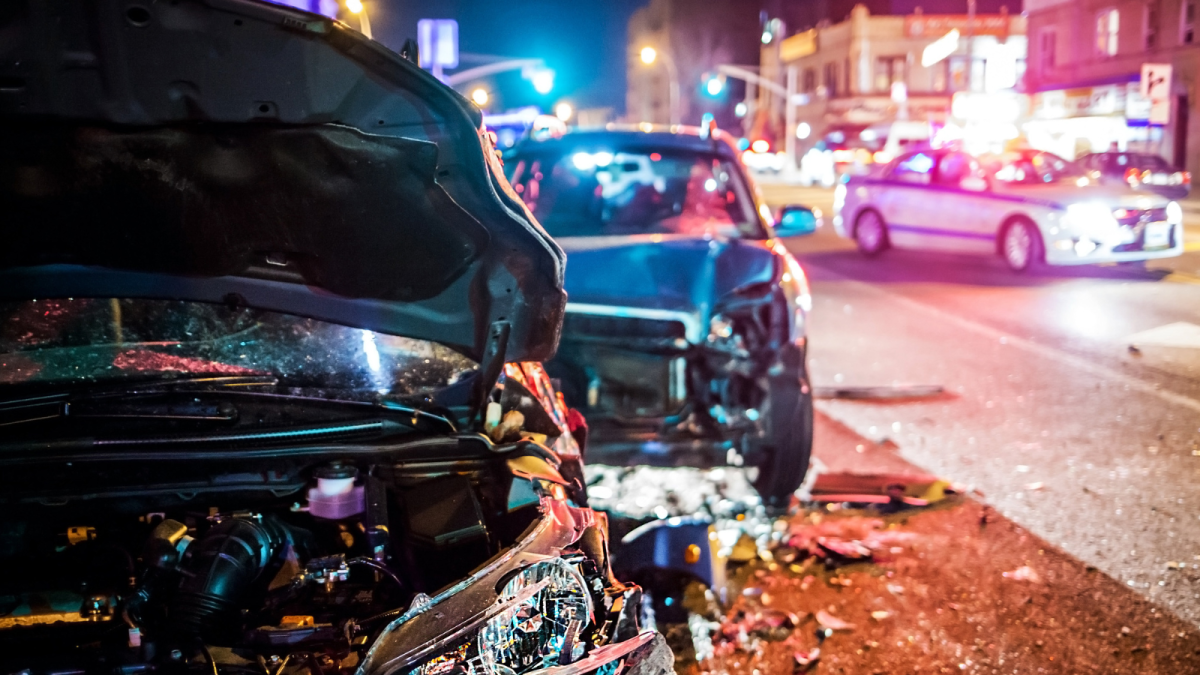The European Road Safety Charter has the mission to reduce road deaths and serious injuries to zero by 2050. Unfortunately, road crashes still happen every day. This does not mean that we cannot continue to save lives, even after a crash. Well-planned post-crash care can make the difference between life and death. Our recent webinar dedicated to post-crash care provided a stage for three experts to talk about the work they are doing, the challenges they are facing and how road safety experts can work together to save lives and improve the quality of recovery. The three speakers were:
- Cristina Lumbreras, Technical Director at the European Emergency Number Association (EENA)
- Roel Vanden Boer, Teamleader at the fire departments Noord-Limburg and Antwerp (Belgium)
- Dr Eric Revue, Head of the Emergency Department and Prehospital Emergency Medical Services at SAMU (Paris, France)
After a crash has happened, the first crucial step is to inform the emergency as soon as possible, even if the driver is unconscious. However, certainly at more rural areas, the crash may not be noticed immediately and precious time is lost. Therefore, Cristina Lumbreras from the European Emergency Number Association (EENA) opened the webinar explaining the value of their eCall system. The eCall system is integrated in the car and contacts the most appropriate Public Safety Answering Point (PSAP) automatically after a severe crash with its geolocation and the technical characteristics of the car. This information will help the emergency services to determine the resources needed and the potential dangers. One of the main challenges of eCall currently is occurrence of false calls, often launched due to a technical issue in the car, which can put a lot of pressure on human resources. One of the next steps for EENA is to migrate the system to IMS.
Once the emergency services are informed of the crash, they rush to the scene as fast and safe as possible. Roel Vanden Boer discussed in his presentation the challenges fire fighters experience in their mission to save lives. Either via the eCall system or a 112 emergency call, fire fighters ideally leave their station knowing the exact number of passengers, the type of collision, the type of vehicle, the geolocation and whether the airbag has deployed and that propulsion is neutralized. During their drive to the crash, fire fighters are often blocked by traffic jams, and many drivers still lack the reflex to form a rescue lane. This causes frustration, delays, exhausted fire fighters and dangerous situations. Awareness campaigns therefore remain crucial, and the award winning project of Zavod Reševalni pas is an excellent example. But also new adaptions to the infrastructure to improve road safety (e.g. speed bumps), can have a negative effect on the response time. The European project Baseline investigated the response time across Europe to better understand these issues. Once arrived at the scene, fire fighters can use different tools (such as ModiTech, Rescue Code and the Euro NCAP app) to receive detailed information on the construction of the vehicle that can help them with the extrication process. However, more standardization on this across Member States is still needed.
The webinar was closed by Dr. Eric Revue, who went into more detail on the importance of prehospital care once the fire fighters have cleared the scene from any danger. The main objectives of the Emergency Medical Services is to maximize the survival chances with life-threatening injuries and to minimize disabling injuries and pain and psychological suffering. He explained in more detail the two types of emergency care: “Scoop and Run/Load and Go”, which aims to bring the patient as fast as possible to the hospital, and “Stay and Play/Stay Stabilize”, where the specialized doctors will focus on giving the patient as much care as possible at the scene. Both systems have their advantages and drawbacks, depending on the type of injury and location (urban vs rural). In both scenarios, timing is essential. 30% of road victims die before the emergency services arrive, and 30% die during transportation or within 1h of arrival at the Emergency Department. By strengthening the trauma care systems, 200.000 lives can be saved each year.
If you would like to watch the recording of the webinar see below.We look forward to developing more resources in the post-crash care area of road safety.
